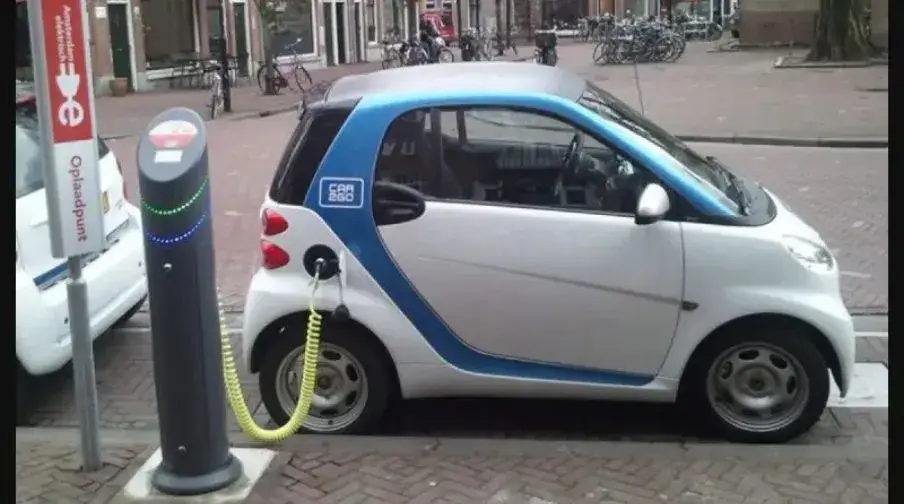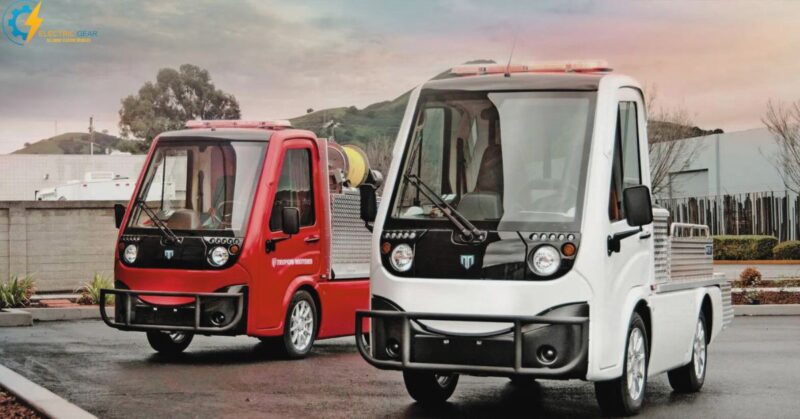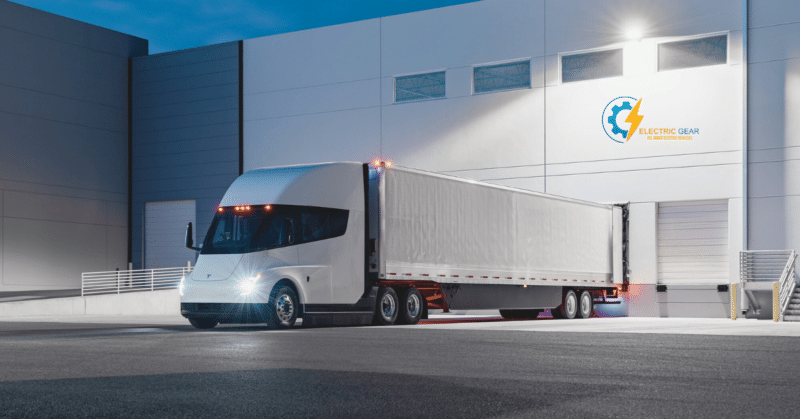Do Teslas need an oil change: Electric motors and battery packs power Tesla EVs rather than internal combustion engines, so these vehicles never need to change their oil periodically. Oil changes are necessary to keep the engine of a standard gasoline-powered car operating smoothly, whereas electric vehicles have no such need.
Oil changes and other engine-related services are unnecessary for Teslas and other electric vehicles; however, they still need regular maintenance like brake pad replacements and battery coolant fluids.
If you talk about Tela, it’s an all-electric vehicle, and oil use is unknown to electric cars. Since they do not have engines and transmissions, using oil in them is impossible. However, they are still familiar with using other fluids such as coolant, windshield washer, brake fluid, etc.
Do Electric Cars Use Oil?

EVs do not use oil. However, they use other fluids.
If you own an EV, it’s time to bade farewell to periodic oil changes as were earlier practiced with your traditional vehicle. Electric vehicles, of course, don’t, in any case, require gas or fuel to keep them running.
However, electric vehicles still use transmission (direct-drive unit) oil, coolant, brake fluid, and windshield washer fluid–all of these must be checked and replaced timely.
Reasons Why Teslas Do Not Need Oil Changes
Oil changes are not required for Tesla cars because of many factors:

They are electrically powered
Electric motors power Teslas, so they need no oil for their forward or backward traction. The electric battery provides the energy to the Tesla motor, acting like the gasoline engine, and pulls the vehicle forward or otherwise.
They have fewer moving parts
Unlike gas-only engines, Tesla electric vehicles have fewer parts that move up, down, or sideways. Most of the liquids—except fuel to power the engine—are used to protect against the wear and tear and rapid erosion of scores of moving parts, thus, leaving the lesser room for potential breakdown or damage.
No combustion engine
As EVs lack a conventional internal combustion engine, Teslas, on the other hand, are propelled by electric motors that do not need oil like those in traditional gasoline-powered automobiles.
Rechargeable battery
To store energy, which is then used to power the electric motor, Teslas use a large battery pack. As the battery pack is a sealed item, it never needs to have its fluids replaced or serviced.
Regenerative braking
Braking energy is absorbed and stored back into the battery using the regenerative braking used by Teslas.
Less maintenance
Maintaining a Tesla is relatively easy since there are fewer moving components than in a conventional vehicle. Spark plugs, timing belts, and other frequently worn engine parts are unnecessary in classic automobiles.
Longer lifespan
They’re more durable and need less maintenance over time since electric motors are generally more durable than internal combustion engines.
As a whole, Teslas are built to be very low-maintenance and service-free automobiles. Tires and brakes still need to be checked and serviced regularly, but oil changes are unnecessary since there is no internal combustion engine.
What Fluids Do Tesla Cars Need?

1: Brake Fluid
1: Less pressure is put on Tesla brakes due to the regenerative braking, so there is less need to change the brake fluid very often. The brake’s kinetic energy is converted into electrical power to charge the battery.
2: Regenerative braking reduces the erosion and wear and tear of Tesla brakes, and due to this, fewer chances are left to change the brake fluid sooner.
It would be best to remain vigilant about the health of your regenerative braking because it also produces energy to charge the battery besides stopping your Tesla vehicle.
It’s typically recommended that Tesla change its brake fluid once a year or after two years. Poor quality or contaminated fluid will likely create a problem and reduce efficiency.
2. Transmission Fluid
Transmission is a mechanical process that transfers the power of the engine or electric motor to the wheels through torque. Some electric vehicles use transmission, while others don’t.
Conventional vehicles use gears and transmissions to provide the required torque to the wheels. The process in a Tesla electric vehicle is. However, the different electric motor directly provides power to the wheels very efficiently.
Some EV manufacturers have started designing vehicles with transmission, and the Tesla Model is an example that uses transmission. Here is the place where you need to use transmission fluid is the Tesla Model S, and it is advised to change it every 12,500 miles of traveling.
Every EV doesn’t use transmission, and hence the use of oil is primarily decided by the model and type of your vehicle.
It is important to remember that Tesla uses a less complex gearbox and fewer moving parts inside than its conventional rival, and there are bleak chances of its transmission fluid getting dirty and contaminated soon. So, less need arises to replace its fluid.
3. Windshield Washer Fluid
It’s the only liquid in your Tesla model you can fill up yourself. Filling a windscreen washer fluid is the same as a regular vehicle.
Windscreen washer liquid may be the only thing that quantity, function, and performance are similar in both vehicles.
This fluid should be filled soon if the vehicle is constantly traveling. Always avoid refilling dirty water in the windshield washer tank to prevent issues and scratches on the front screen.
Considering the refilling windshield fluid cost and procedure, refilling should be completed on time when needed.
4. Coolant
People are curious about do Tesla uses coolant or not. Tesla battery and some other electrical components also heat up, and here the cooling system of a Tesla is the same as in a conventional vehicle.
Tesla circulates the coolant throughout the battery pack and other electrical parts to keep the battery and other parts cool and to radiate their heat into the air.
G48, ethylene glycol-oriented fluid, is used in Tesla models for keeping battery cells cool. Teslas are sensitive to heat, and if the battery coolant system is not working up to the mark, you should immediately consult a consultant for a proper check-up. Furthermore, it’s also used for power inverters and cabin heaters.
5. Grease
Grease is not technically a liquid, but it is still used by Tesla to protect certain parts and areas of the EV where liquid lubricant can’t be used.
Grease is also looked at and changed like other fluids of Tesla. It need not be specifically changed or replaced. Instead, it is looked at only for routine maintenance or repair.
It is used in the wheel and steering bearings, drive axle bearings, hinges, windshield wipers, etc.
Conclusion
Teslas don’t need oil changes like most cars do, but they still need regular care to keep them running well. Tesla says that important fluids like coolant, brake fluid, and windshield washer fluid should be checked and kept regularly.
Other maintenance jobs, like rotating the tires, aligning the car, and replacing the air filter, are also necessary to make sure your Tesla runs well and lasts a long time. By keeping up with these repair tasks, you can keep your Tesla in great shape and make sure it keeps giving you a great driving experience.

Imran is an experienced content writer who crafts engaging and informative articles for a variety of industries. With a keen eye for detail and a passion for storytelling, Imran delivers high-quality content that resonates with readers. Whether he’s writing blog posts, social media content, or website copy, Imran is committed to delivering compelling content that drives results.







